We sit down with Slidefest organiser and Gulf Photo Plus Director Mohamed Somji to hear about the motivations behind the event and this year’s theme, Diaspora
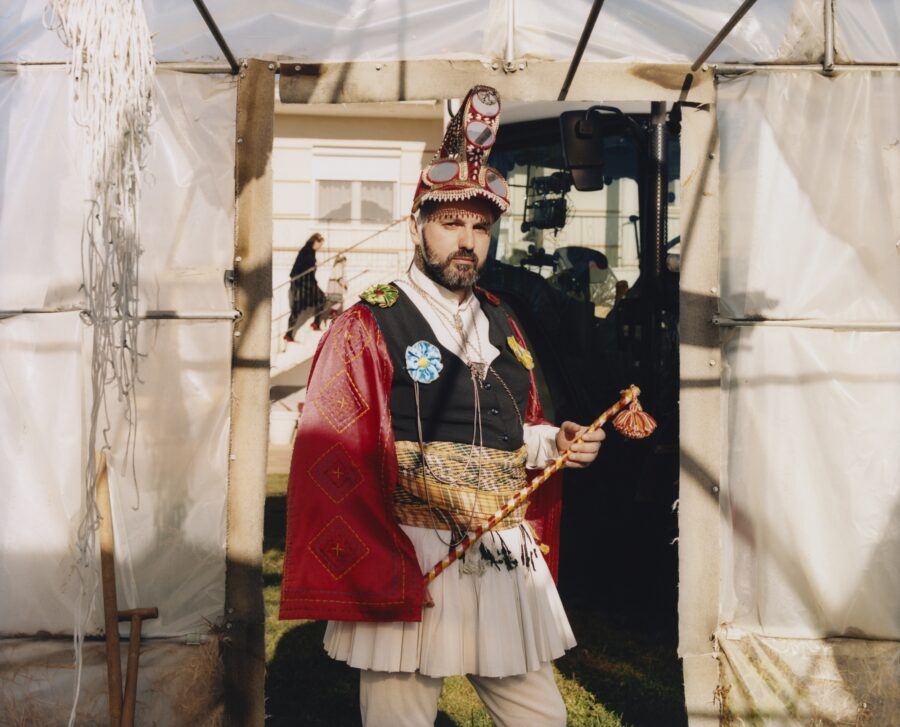

We sit down with Slidefest organiser and Gulf Photo Plus Director Mohamed Somji to hear about the motivations behind the event and this year’s theme, Diaspora
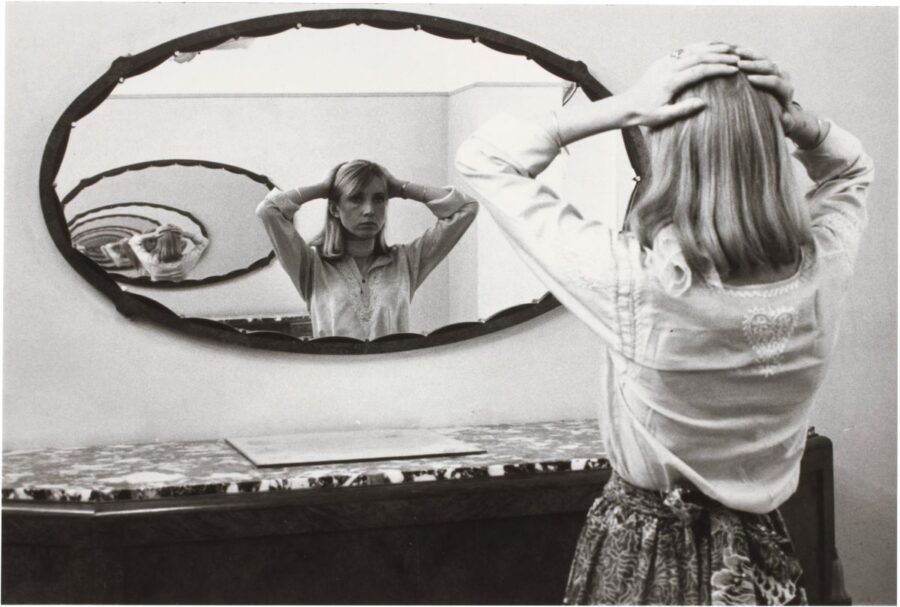
The world’s most prestigious photography festival returns to the south of France this summer. BJP’s editor Diane Smyth reports on the opening week
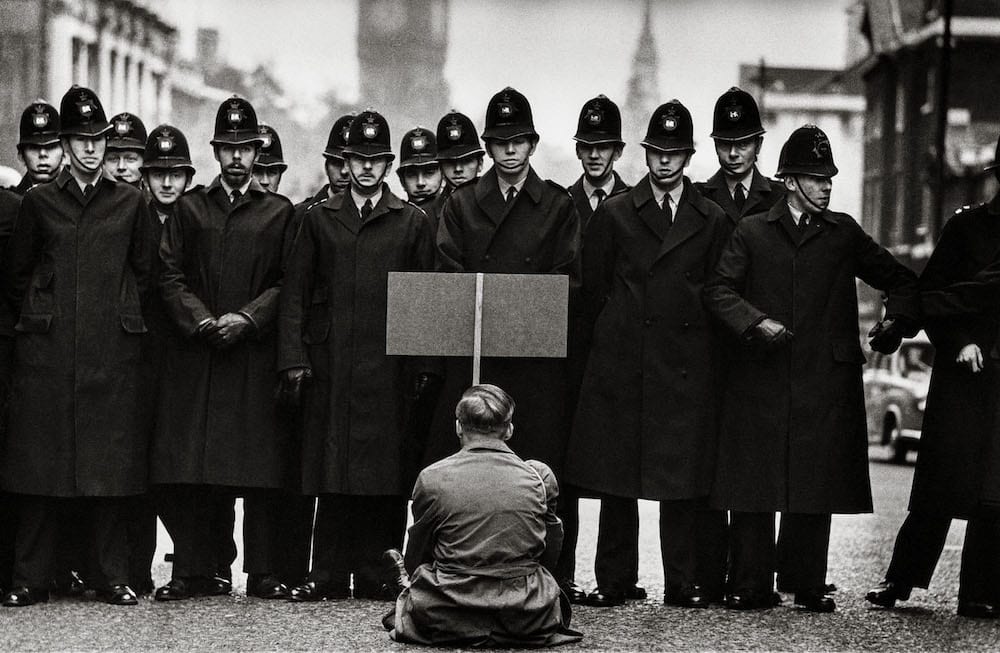
Beginning at 8AM EST on Monday 28 October, and running for five days until midnight…
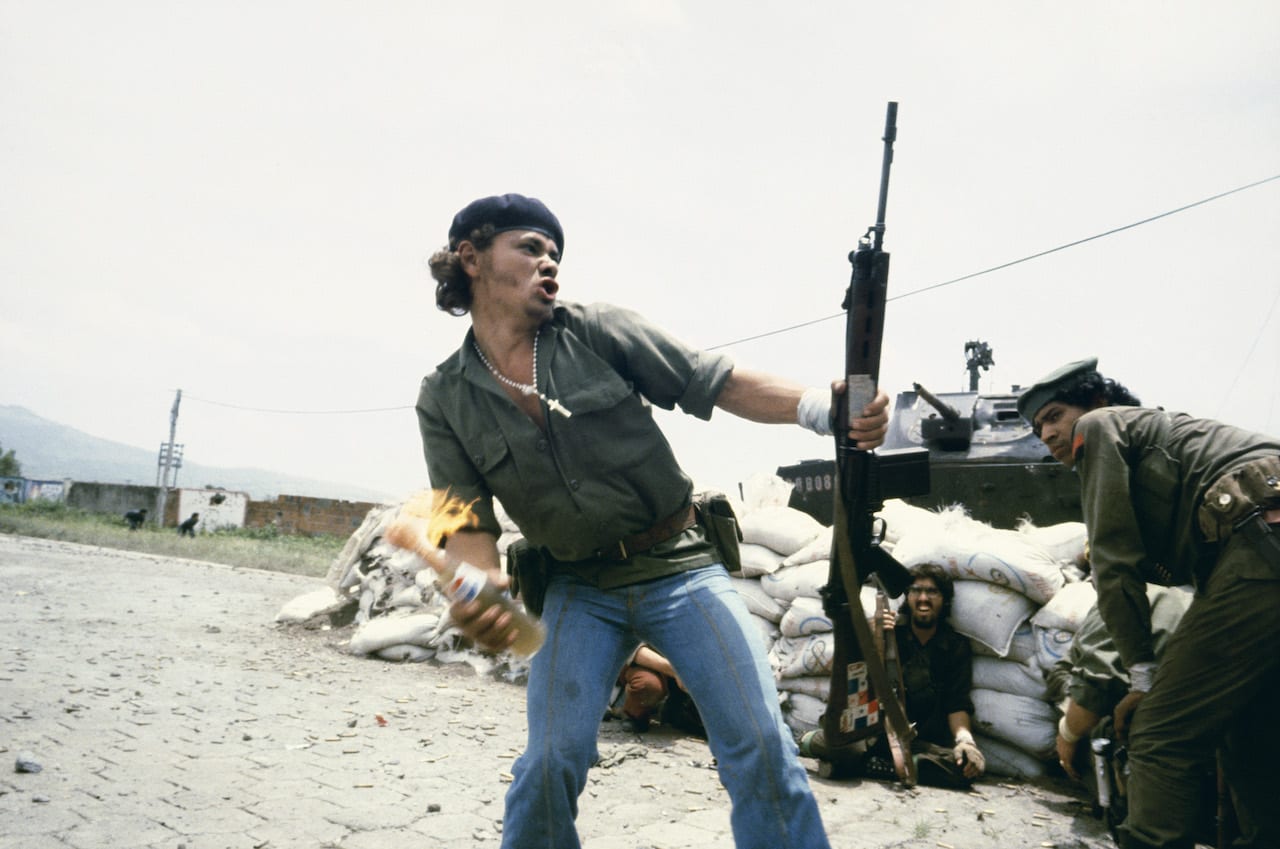
Now in its 22nd year, the Deutsche Börse Photography Foundation Prize is awarded each year to image-makers who’ve made the biggest contribution to the medium in the previous 12 months in Europe. This year the shortlisted artists are: Laia Abril, for her publication On Abortion; Susan Meiselas, for the retrospective exhibition Mediations; Arwed Messmer, for his exhibition RAF – No Evidence / Kein Beweis; and Mark Ruwedel, for the exhibition Artist and Society: Mark Ruwedel. The winner of the £30,000 prize will be announced at The Photographers’ Gallery on 16 May 2019.
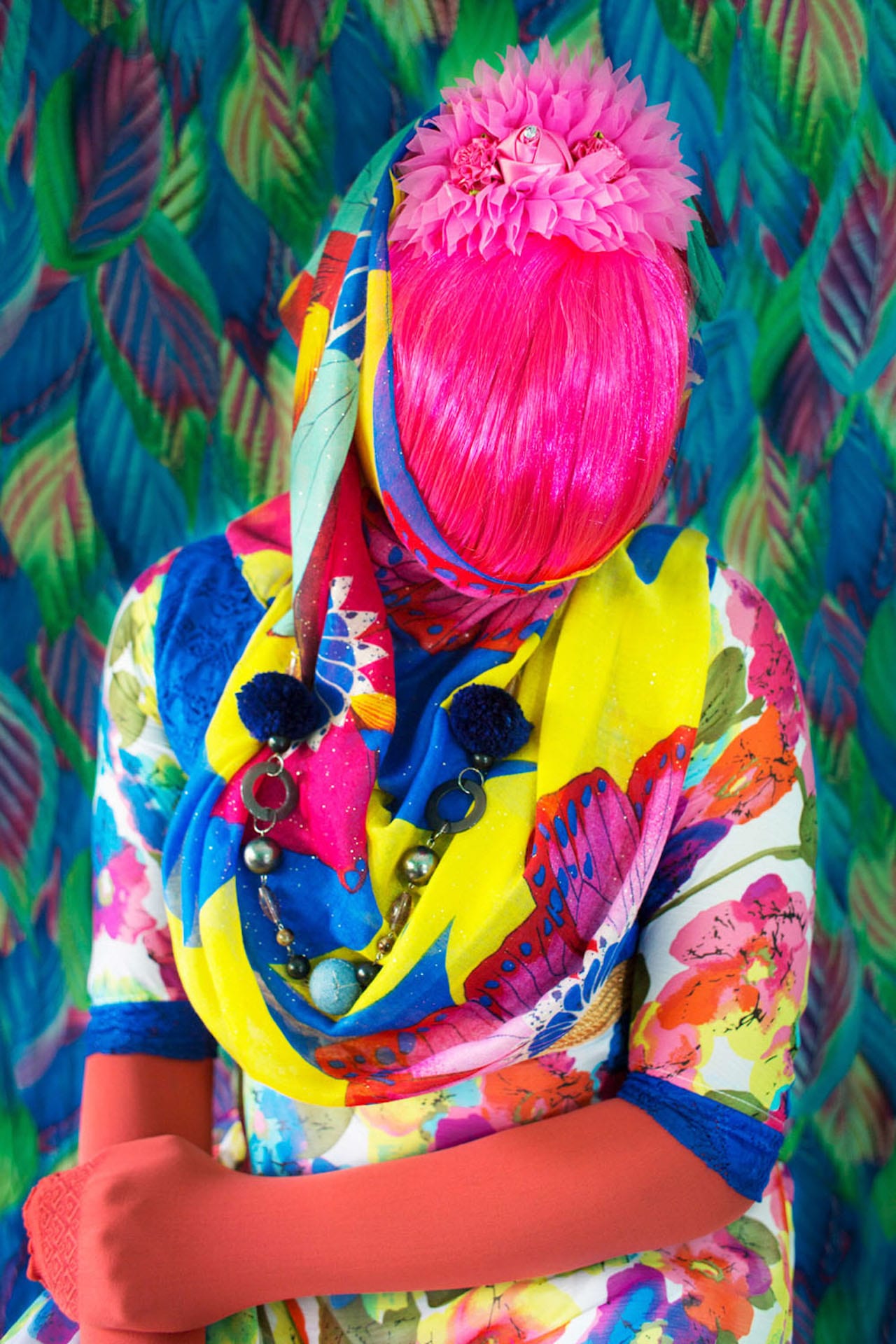
“Chobi Mela continues the way it began,” writes Shahidul Alam. “Unyielding to power.” He’s referencing the very first Chobi Mela festival, which opened in Dhaka, Bangladesh back in 2000. Alam and Robert Pledge had painstakingly put together an exhibition on Bangladesh’s 1971 war, which a government minister – phoning at midnight – wanted to censor; rather than comply and remove the offending prints, Alam and Pledge moved the entire exhibition to a new venue, which opened at 3pm the next day.
“That is how we’ve always done it,” writes Alam, the founder of Chobi Mela. “Against the odds, facing the storm, with the wind against our face.”
Though he doesn’t mention it outright, it’s difficult to read his comments now without also thinking of Alam’s own recent experience, in which he spent 107 days in Dhaka Central Jail last year. The 63-year old photographer and Drik Gallery director was arrested on 05 August after stating in an interview with Al Jazeera that the wave of student protests in Bangladesh last year was a reaction to government corruption. He was charged with violating Section 57 of Bangladesh’s Information and Communication Technology Act (ICT) – which has been used in more than 20 recent cases involving journalists, most of them related to news-reporting – and was held for more than 100 days.
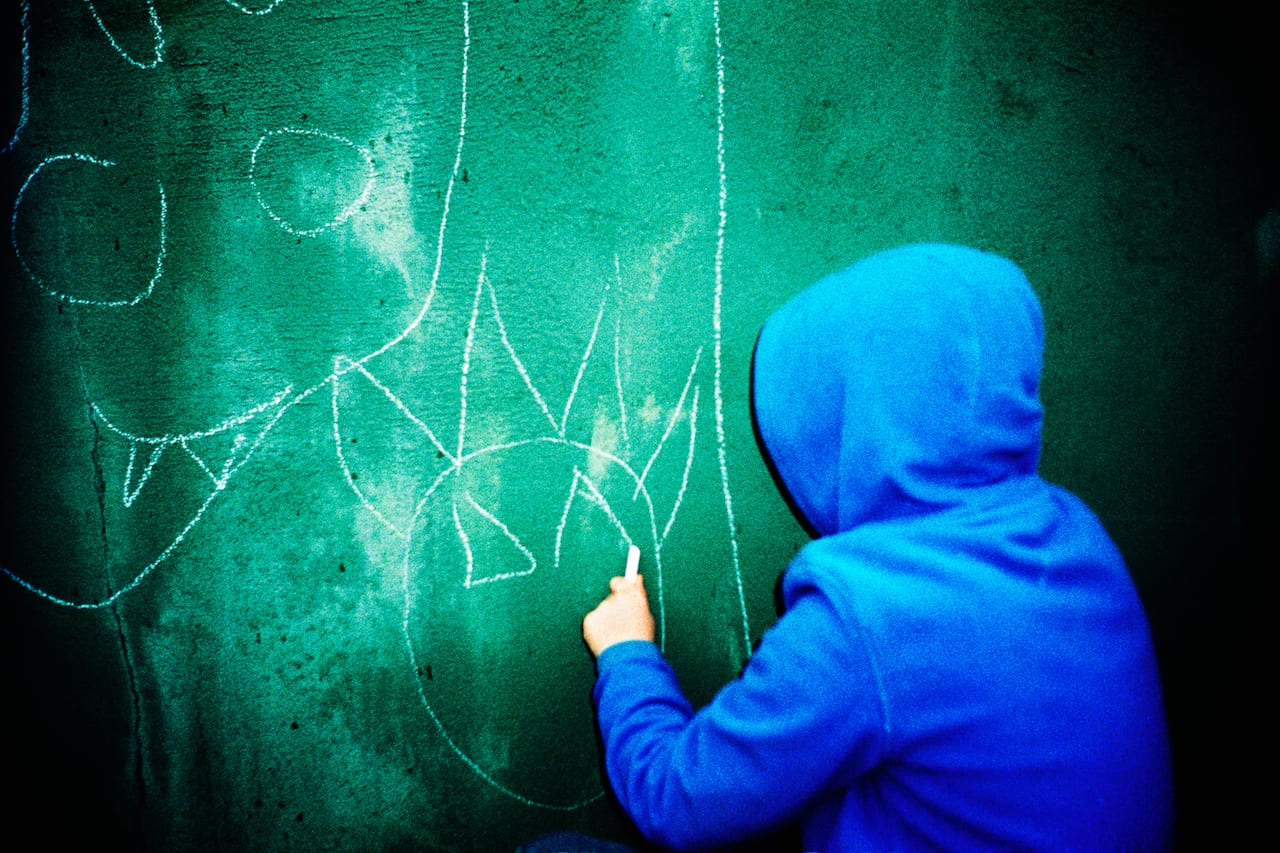
Since 2012, Temps Zero has matched emerging photographers and cutting-edge music, creative “a sonic and visual experience” that has popped up in Paris, Berlin, Athens, Rome, and many more. No two performances are alike, but the project is overseen by Stéphane Charpentier, a French photographer currently based in Athens.
Temps Zero’s next outing is in Vienna during Foto Wien 2019, with a photo projection in the Schikaneder Kino on 23 March, 24 March and 13 April accompanied by a soundtrack record by Alyssa Moxley, plus a photography show in the cinema. Guest-curated by Damien Daufresne and Kunstnetzwerk, the show includes images by French photographers Gaël Bonnefon and Gabrielle Duplantier, Italian photographers Marco Marzocchi and Lorenzo Castore, and Swedish photographers Theo Elias and Martin Bogren
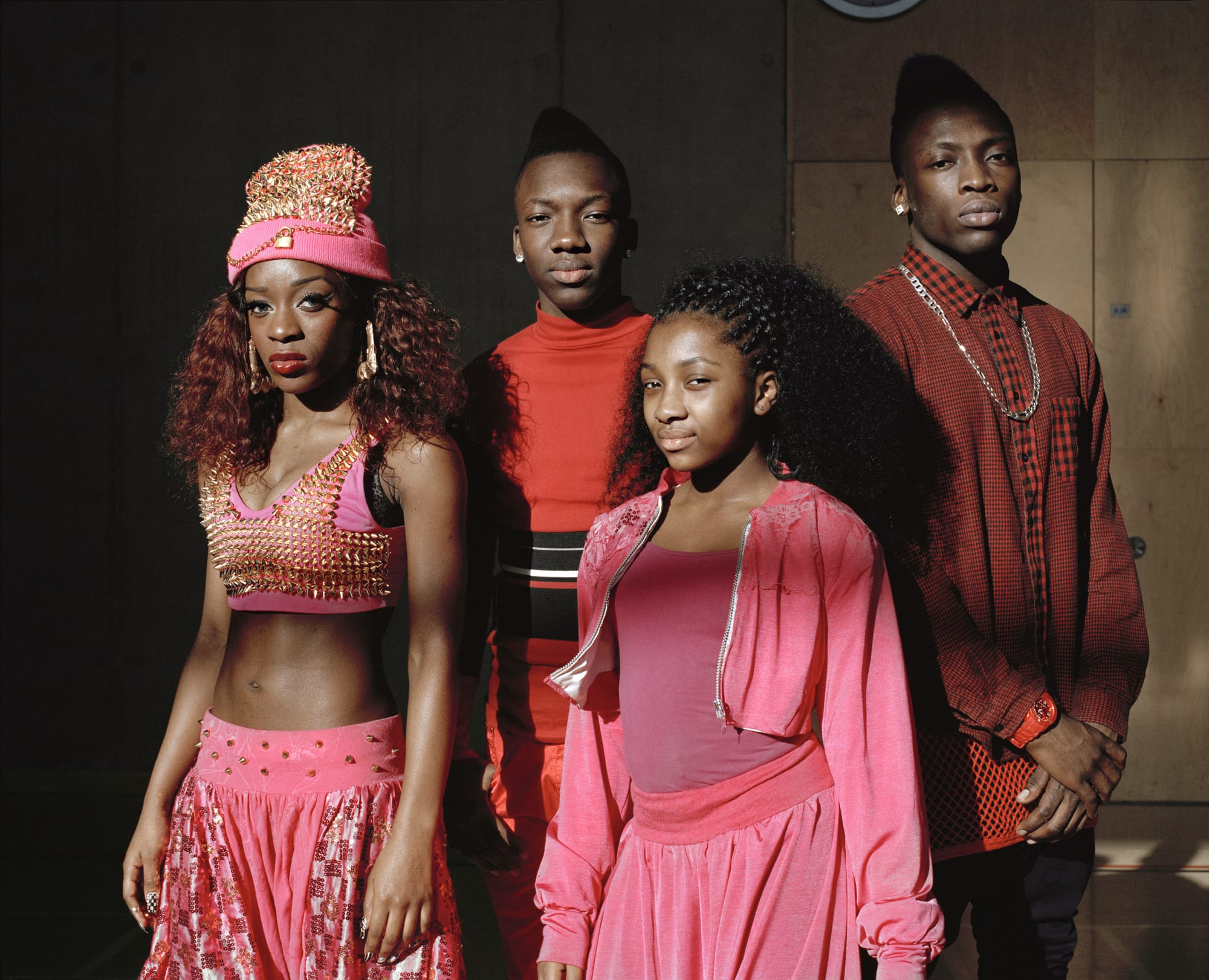
“These magnificent photographs capture at once the great diversity and the inescapable identity of the…
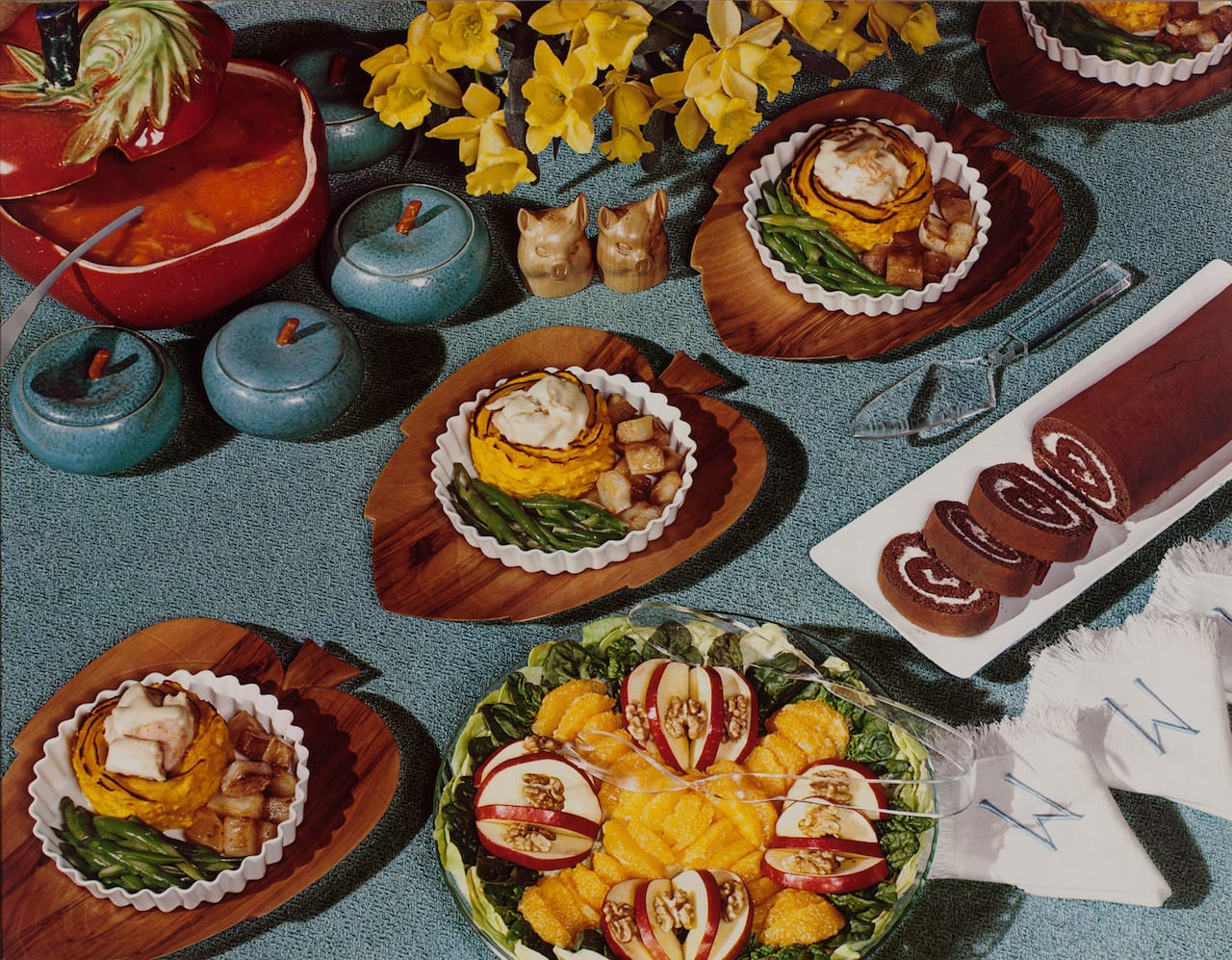
When William Henry Fox Talbot pioneered the salted paper and calotype processes in 1841, he soon turned his new inventions to food, capturing two baskets overflowing with fruit. Creating an image designed to mimic the paintings of the time, and to contrast the colours and textures of the pineapple and peaches, he also made an image rife with welcoming symbolism – the pineapple a sign of hospitality, the peach a sign of fecundity.
“Fox Talbot’s photograph was copying the traditions of painting and its attendant symbolism,” says photography curator and writer Susan Bright. “But it was also concerned with the role of photography, and elevating its status to that of art. In this respect it resonates nicely with artists such as Daniel Gordon, whose work also deals with the medium of photography. But his constructed pineapple has nothing to do with symbolism, or striving to be understood as art. It is art. He is questioning the role of visual perception, what is real and what is not.
“The way food is photographed says a tremendous amount about significant aspects of our culture,” Bright continues. “It is often about fantasy, be that national, sexual or historical. Photographs of food are the carrier for so many things – desire, consumption, taste, immigration and feminism, for example. It has been a major part of the development of fine art, editorial, fashion, marketing and product photography throughout the 20th and 21st century.”
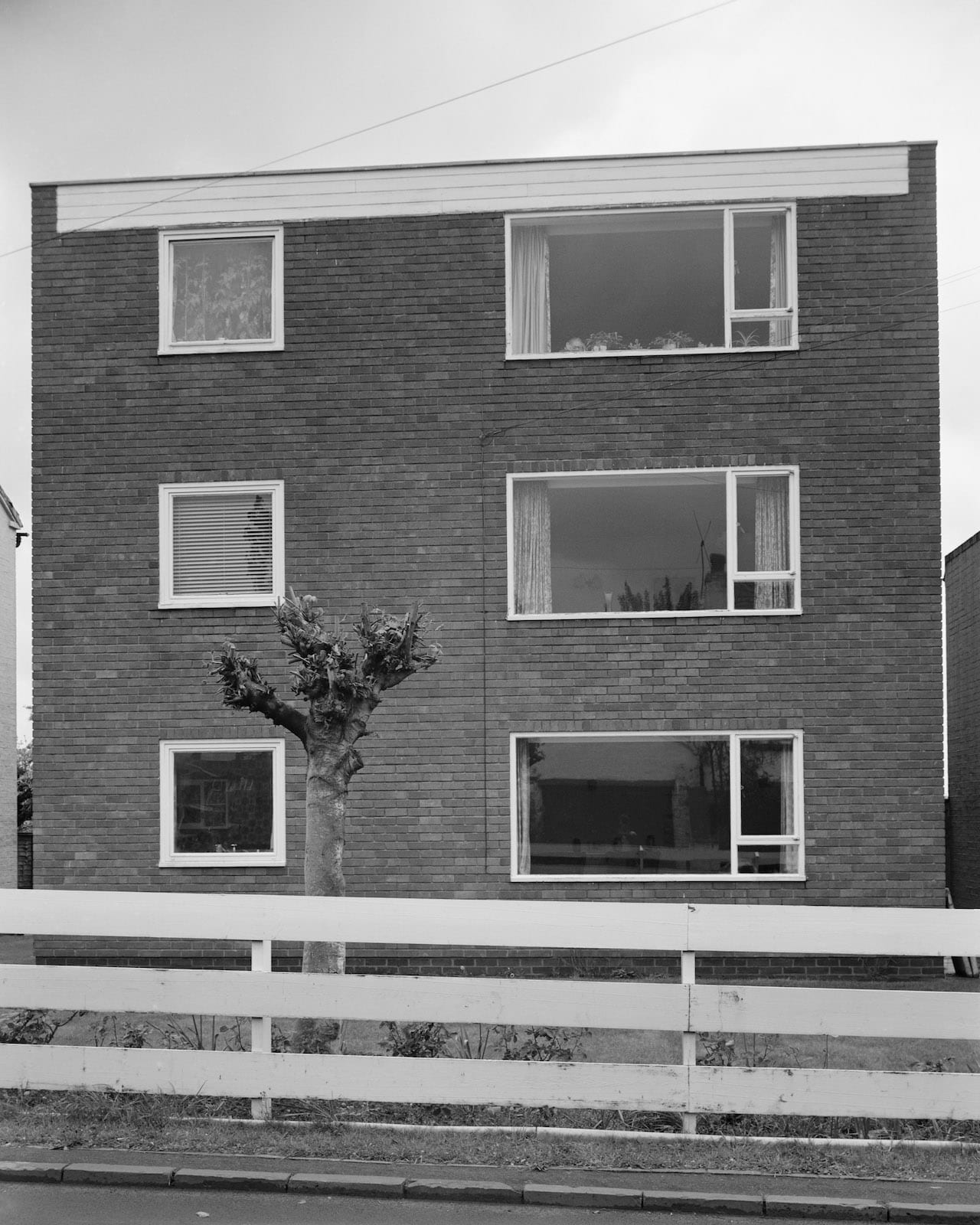
John Myers is back with new book called Looking at the Overlooked – a good title for a photographer who specialises in images of the unremarkable, and who himself nearly fell from photographic history. Working in Britain’s post-industrial Midlands from 1973-1981, Myers created an archive of the unspectacular that attracted attention at the time but then lay undisturbed for 30 years until a chance meeting with a curator. A solo show at Birmingham’s Ikon Gallery followed in 2011, kick-starting a comprehensive reappraisal at his work that’s resulted in more solo shows and several publications.
Looking at the Overlooked is published by RBB Photobooks, which also published a collection of Myer’s portraits earlier this year. But where The Portraits focused in on pictures of people, Looking at the Overlooked is a glorious compendium of “the claustrophobia of the suburban landscape in the 1970s”. Focusing in on substations, shops, houses, televisions, and so-called “landscapes without incident” – or as Myers puts it, “boring photographs” – the images are all recorded with a deadpan aesthetic that’s won Myers comparisons to the celebrated New Topographics movement in the US.